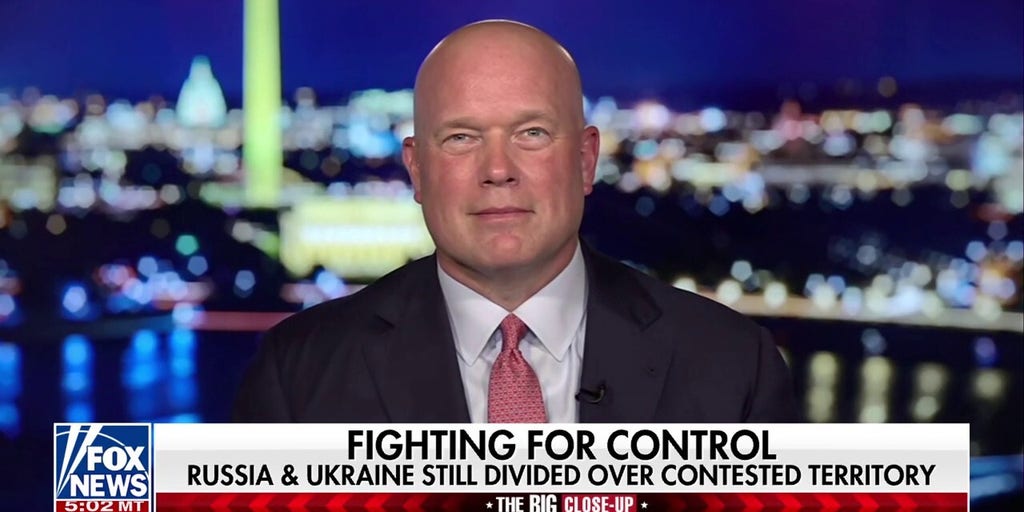London is running out of prime office real estate


With demand for prime office space set to significantly outstrip supply, landlords and investors should seize opportunity now, writes Byron Baciocchi
London’s prime office market is entering a pivotal phase. For the first time in over a decade, demand is on track to significantly outstrip supply. According to Cushman & Wakefield’s latest data, just 5.91m sq ft of Grade A office space, characterised by its prime location, ESG compliance and modern infrastructure, is under construction and scheduled for delivery post-2025. With over 60 per cent of that already pre-let, the true pipeline of available space is alarmingly thin.
This emerging scarcity presents a major opportunity for strategic investors. At Unica Capital, for example, we recently acquired 2-4 Cork Street, located in the heart of Mayfair, nestled between Bond Street, Saville Row and The Burlington Arcade – undeniably one of London’s most sought-after addresses. The investment is a reflection of this thesis: well-located, high-quality assets in ultra-prime London submarkets will see strong rental growth and capital appreciation as the market tightens.
The West End is leading this transformation, with Mayfair and neighbouring St James’s seeing a marked shift in activity. In the last quarter there were just 17 office moves, the lowest figure since 2020. Notably, for the first time since 2014, no new tenants have moved into these areas, not due to lack of interest, but lack of space, particularly at Grade A level. Mayfair and St James’s continue to command exceptional interest from occupiers across sectors including private equity, hedge funds and boutique consultancies.
Yet as existing prime space reaches full occupancy and new supply remains limited, the competition to secure a foothold in these submarkets is intensifying. The Grade A vacancy rate in Mayfair stood at just 2.15 per cent in Q4 2024. Currently, only 1.16 years’ worth of prime stock remains, well below the 10-year average of 1.77 years and markedly lower than the central London average. For occupants, this means fewer options and faster decision-making cycles. For landlords and investors, it signals a tightening market that supports upward pressure on rents and long-term capital growth.
Prime office rents are rising
This imbalance is putting upward pressure on rents. Prime rents in the West End rose to £160 per sq ft in Q1 2025, a seven per cent increase quarter-on-quarter and a 14 per cent rise year-on-year, likely driven by an underlying trend of return-to-office work. By contrast, ‘City Core’ rents, while still robust, reached £87.50 per sq ft, up 1.2 per cent on the previous quarter. The West End’s performance underscores that premium occupiers are willing to pay for exceptional location, quality and amenity.
The latest London Moves 2025 report from Cushman & Wakefield highlights another key trend: more occupiers are renewing leases rather than relocating. For the first time on record, 60 per cent of all tenant decisions were renewals, reflecting a growing scarcity of desirable alternatives.
Investor sentiment is responding in kind. Q1 2025 saw £2.56bn in office transactions across 40 deals, a 33 per cent increase on Q4 2024. Much of this was driven by a few landmark transactions: Norges Bank Investment Management, one of the world’s largest sovereign funds, two West End acquisitions and Abu Dhabi’s Modon’s stake in Covent Garden stand out as votes of confidence in London’s long-term fundamentals.
It’s also worth noting a behavioural shift among occupiers. As companies embrace hybrid working but seek to maintain culture and attract talent, demand is skewing toward best-in-class, future-ready offices. This trend places even more pressure on the limited supply of ESG-compliant, design-forward space.
London’s prime office sector is not just resilient, it is entering a new phase powered by structural scarcity and a flight to quality. The window to secure top-tier assets is narrowing. Those who act now and align with this market evolution will be best positioned to capture long-term upside.
Byron Baciocchi is founder and CEO at Unica Capital






